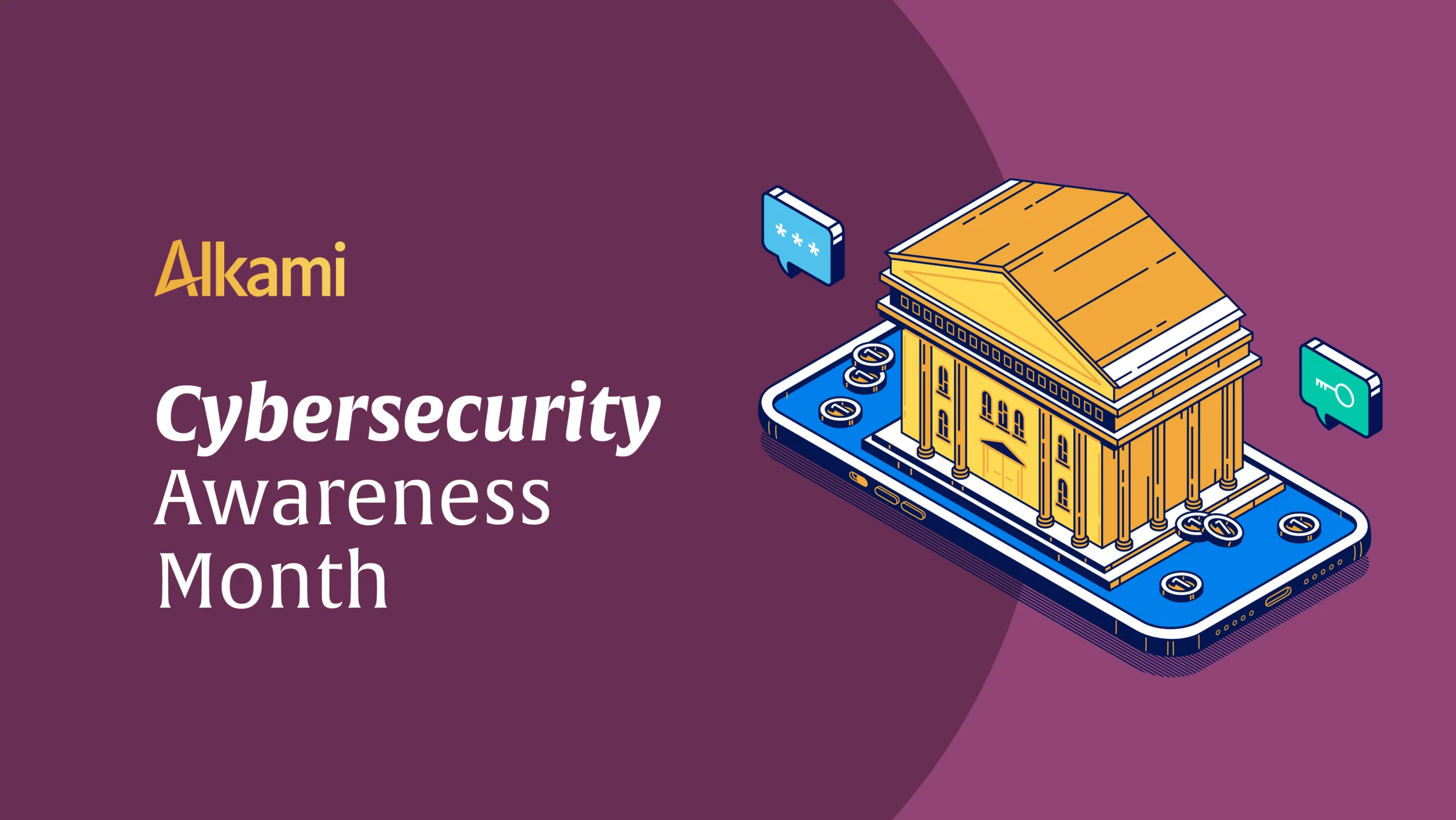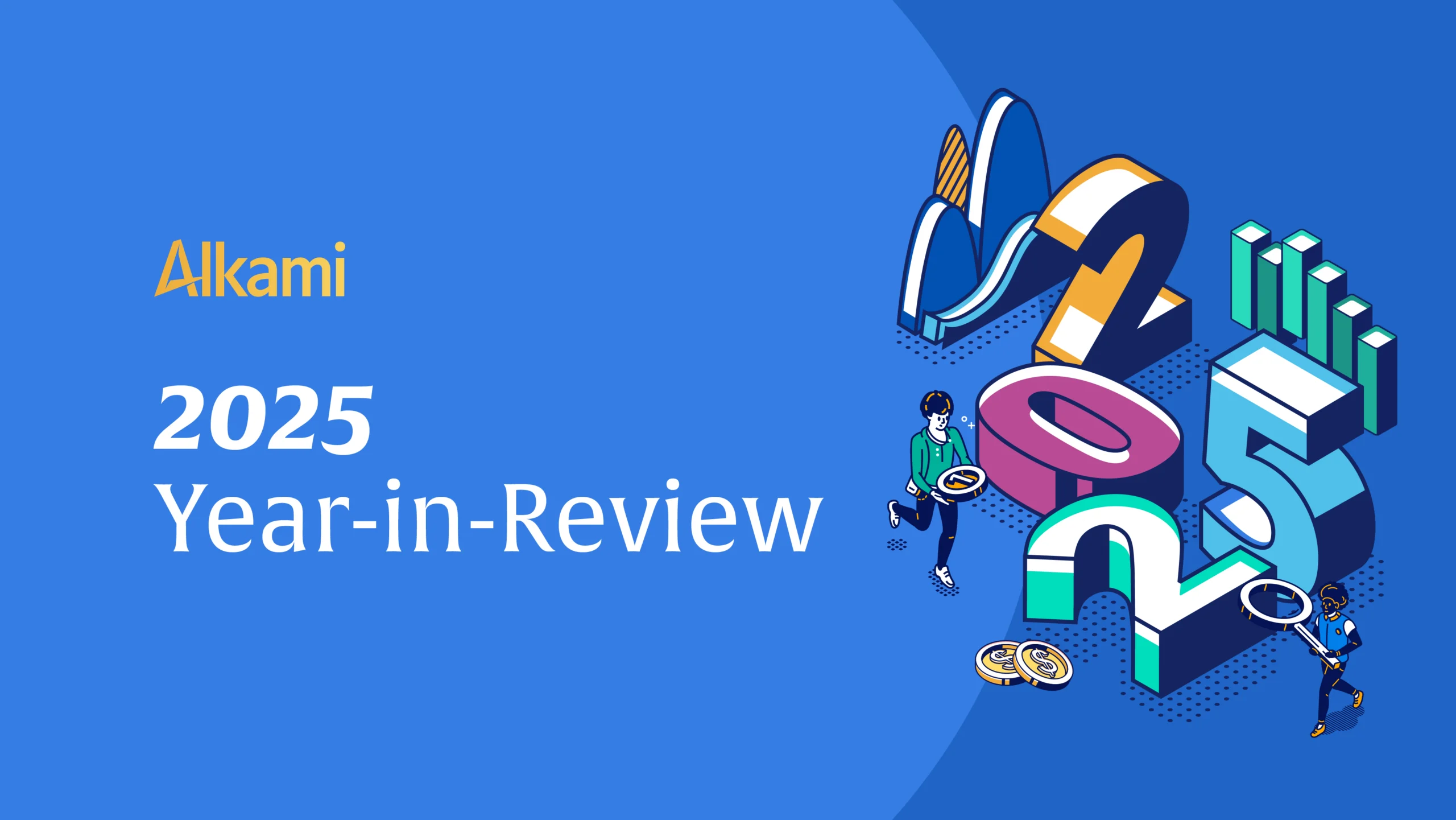Reverse positive pay isn’t the most advanced check fraud solution—but it’s a valuable tool for certain business clients. Learn how it works, who it helps, and when to offer it.
Check fraud is like that one uninvited party guest, who shows up with a plus one, and eats all the snacks. You didn’t ask for it, you don’t want it, but here it is—quietly draining funds, damaging trust, and leaving a mess for your team to clean up.
Unfortunately, many business clients don’t think about fraud protection until after that guest has made themselves at home.
Most business clients don’t think about fraud until they’ve had a problem with fraud, so usually we have to be proactive in presenting fraud solutions to them.
Source here
One of those proactive solutions? Reverse Positive Pay – a fraud tool that may not be on every bank or credit union’s radar, but probably should be.
In this blog, we’ll explain how reverse positive pay works, how it compares to traditional check positive pay and payee positive pay, and which business clients are the best fit.
What Is Reverse Positive Pay?
Reverse positive pay is a check fraud prevention service that flips the standard process: instead of your business client sending you a list of issued checks, you send them a list of checks that have been presented for payment. The business then reviews and decides what should be paid or returned.
It’s the “reverse” of traditional positive pay—hence the name.
How It Works:
- Your business client disburses payments via check.
- Your financial institution receives checks for payment.
- You send a list of those checks to the client—typically each business day.
- The client reviews and flags any that look suspicious.
- Approved items clear. Rejected ones are returned unpaid.
It’s like handing your client the mail each day and letting them decide what gets opened and what goes straight to the shredder. It gives them control over what clears their account—without requiring them to send check data upfront or monitor activity around the clock.
Where It Fits in the Fraud Prevention Hierarchy
Let’s be clear: reverse positive pay is not the most advanced positive pay service in the fraud prevention lineup. But it fills an important gap, especially for:
- Small businesses
- Clients without automated systems
- Clients who need something now but aren’t ready for full-scale solution
Here’s how it compares to the other options:
| Feature | Positive Pay | Payee Positive Pay | Reverse Positive Pay |
| Who sends check info first? | The business | The business | The bank/credit union |
| Who verifies the checks? | The business | The business | The business |
| Includes payee name matching? | No | Yes | No |
| Requires check issuance file? | Yes | Yes | No |
| Best for… | Mid-to-large businesses with regular check writing | High-value check writers needing added payee validation | Smaller or less technical businesses who want basic fraud protection |
Who’s a Good Fit for Reverse Positive Pay?
Reverse positive pay works best for businesses that:
- Write a low volume of checks
- Don’t have an Enterprise Resource Planning (ERP) or accounting system to create issue files
- Recently experienced fraud and need a quick safeguard
- Want a low-maintenance fraud solution they can manage themselves
Lisa shared how Salem Five Bank uses reverse positive pay to serve this exact audience:
Why Offer Reverse Positive Pay at All?
If it’s not the most advanced option, why bother offering it?
Because it:
- Meets clients where they are in their fraud prevention journey
- Requires little to no setup, making adoption simple
- Reduces manual intervention by your internal fraud team
- Gives your institution flexibility to scale fraud protection as your clients grow
It also relieves pressure on your team. As Lisa put it:
Even more importantly:
Implementation Is Easier Than You Think
Many financial institutions worry that any fraud solution will come with implementation headaches—but reverse positive pay is surprisingly easy to roll out.
Because clients aren’t required to upload check issuance files, onboarding is faster, less technical, and more accessible—especially for smaller businesses with limited systems or support.
From the financial institution’s side, implementation is equally manageable. Platforms like Alkami Positive Pay & ACH Reporting make it simple to configure and maintain reverse positive pay with minimal operational burden.
And once it’s live, adoption grows when financial institutions take a proactive approach to education. Lisa shared that Salem Five has been intentional about this:
By educating clients on their fraud responsibilities and showing them how the tool works, institutions can drive higher adoption, reduce fraud-related friction, and build deeper trust.
Start Simple, Then Scale Positive Pay Services
Reverse positive pay may not be the gold standard—but it’s a solid “good” option in a good-better-best approach to check fraud protection.
When offered alongside traditional and payee positive pay, it gives your institution the ability to:
- Serve a broader range of business clients
- Deliver timely, practical fraud tools
- Deepen client trust by offering flexible solutions based on real needs
And in a world where check fraud is only getting smarter, giving your clients any extra protection—even a basic one—could make all the difference.
Want to offer reverse positive pay through Alkami?
Frequently Asked Questions
- What is Reverse Positive Pay?
Reverse Positive Pay is a check fraud prevention service where the bank or credit union sends the business a daily list of checks presented for payment. The business then reviews the list and decides which items to approve or reject. It doesn’t require the business to upload a check issuance file, making it a simple and flexible option for clients with lower check volumes or limited systems.
- What types of Check Positive Pay are available, and how do they differ?
There are several forms of Check Positive Pay:
- Standard Positive Pay matches check number, amount, and date.
- Payee Positive Pay adds payee match for name verification and stronger protection.
- Reverse Positive Pay lets the business review checks after they’re presented, instead of uploading issue files.
- Teller Validation checks the status of an on-us check during in-person branch transactions, helping catch fraud at the counter.
- How is Reverse Positive Pay different from other Positive Pay options?
Unlike traditional Positive Pay, Reverse Positive Pay doesn’t require the business to send a check issuance file. Instead, the financial institution sends a daily list of checks that have been presented, and the business decides which ones to pay or return. It’s ideal for businesses with low check volume or limited technical resources.
- What kind of business client is a good fit for Reverse Positive Pay?
Reverse Positive Pay is a great option for small to mid-sized businesses that don’t issue many checks or don’t have the systems in place to generate check files. It’s also useful for clients who want basic fraud protection without a complicated setup.
- Can Reverse Positive Pay be upgraded to a more advanced solution later?
Yes. Reverse Positive Pay can be a starting point in a broader fraud protection strategy. As a business grows or needs more security, they can move to Standard or Payee Positive Pay for more automation and higher levels of fraud detection.










